Ep 28: The KGC: An American Conspiracy Part 2
Podcast:
Photo Gallery:
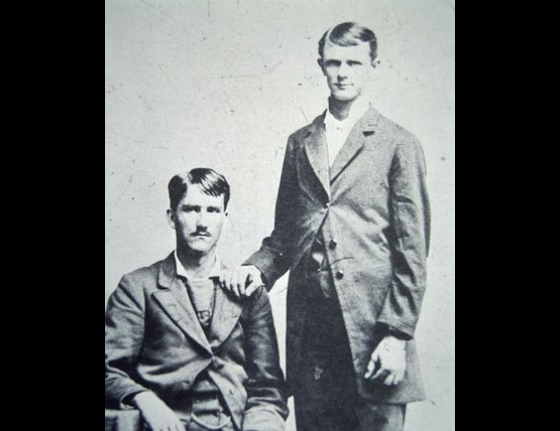
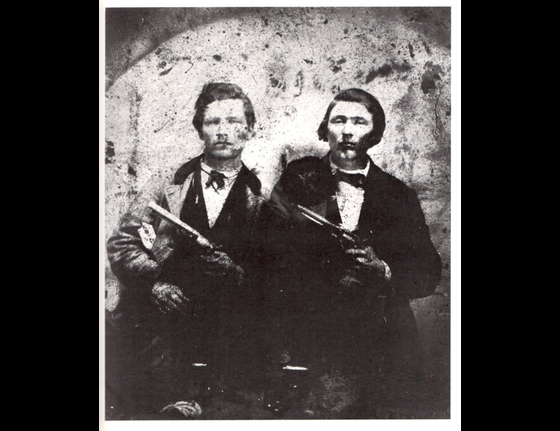
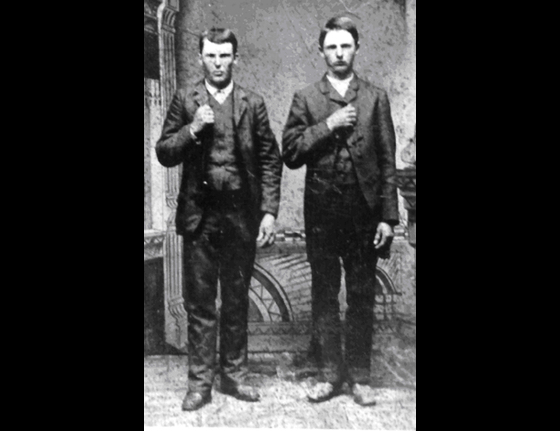
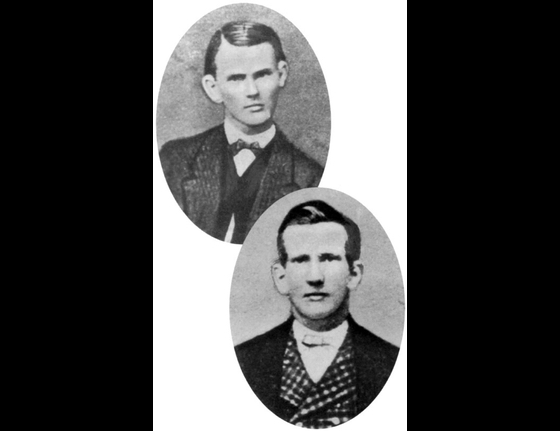
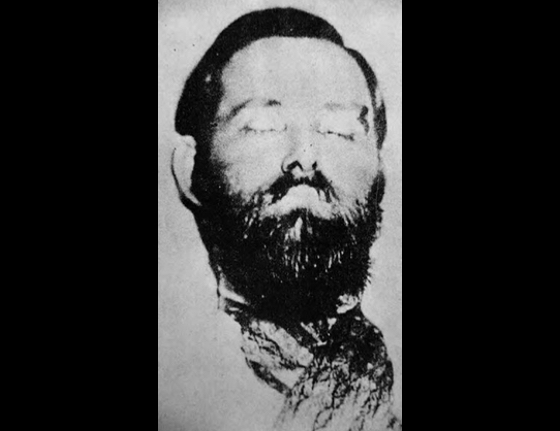
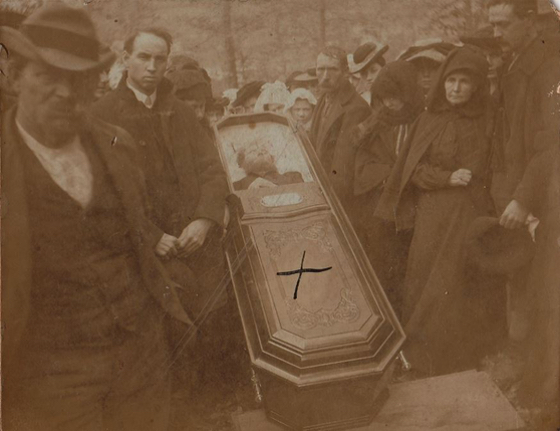
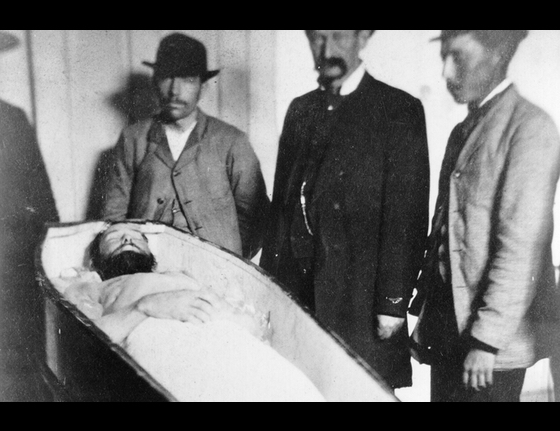
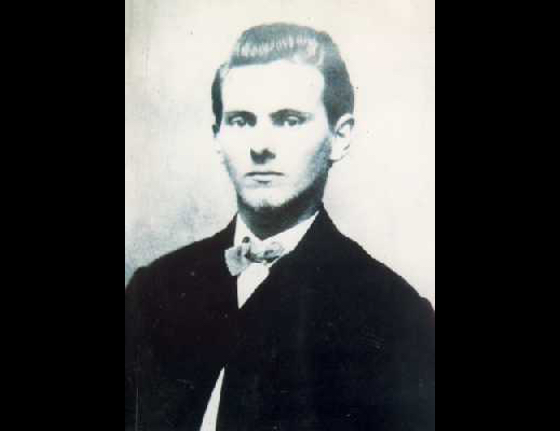

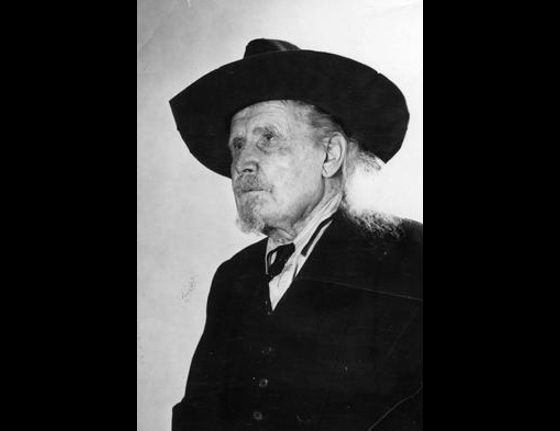
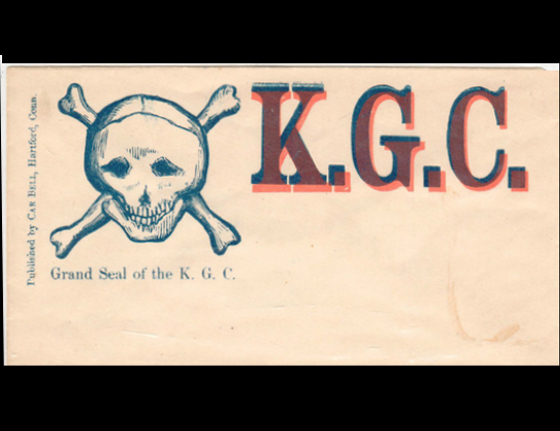
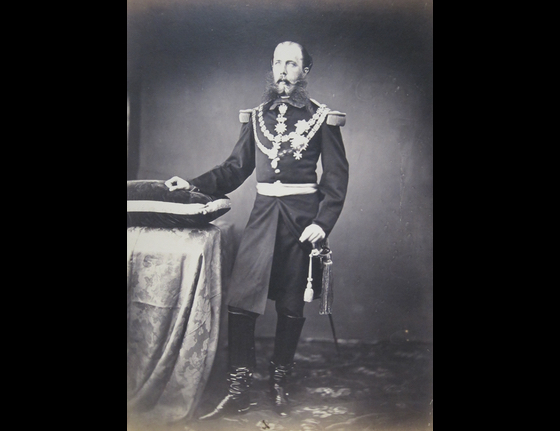
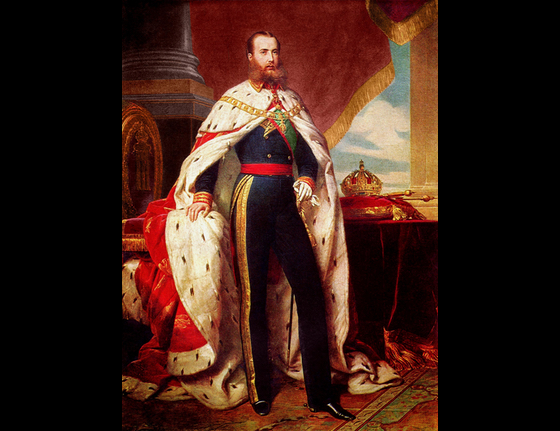
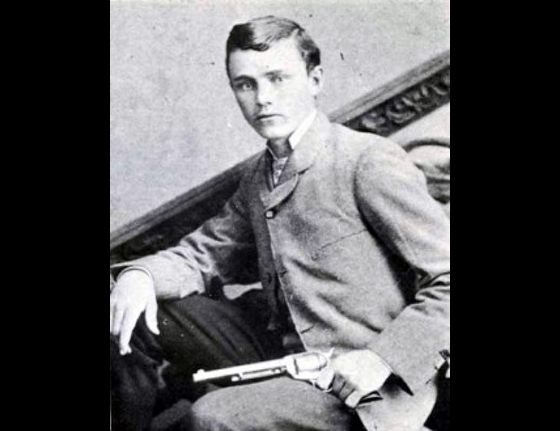
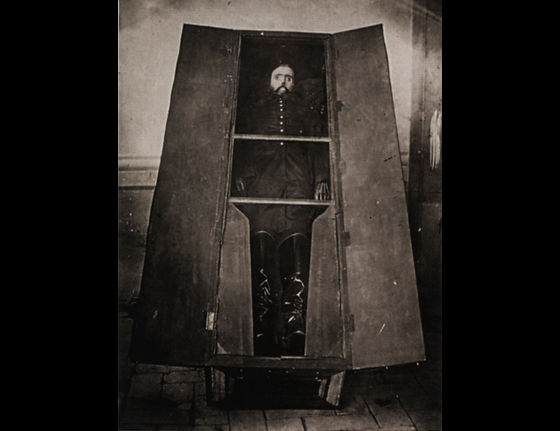
Background:
The Confederate Army’s losses at the battles of Gettysburg and Vicksburg in July 1863 marked a turning point in America’s Civil War, one that was not favorable for furthering the cause of “Southern Independence.” With the hopes of an overall military victory for the Confederacy now beginning to fade, the clandestine leaders of the KGC took the movement fully underground, secreting not only their commands and communications, but also their amassed wealth and weapons. There is sufficient circumstantial evidence to suggest that significant amounts of gold and silver as well as armaments had been collected by the KGC from agents, members and sympathizers, but that then begs the question, where did it all go? If a vast, non-centralized network of money and guns needed to be kept from the hands of a dominant and soon to be victorious Union government, what methodology could a secret organization use to hide it all, and who and what system could be trusted to find it again when it was needed? Part Two of our series on the Knights of the Golden Circle takes a look at where they may have gotten their gains, and what legendary names, famous and infamous, may have helped them.
Tonight’s Quote:
“It’s my damn story, and if they don’t believe it I’m not gonna worry about it, damn it. Pardon my French.”
– Bob Brewer
Show Links:
We’ve found that some sites are not showing these links as clickable unless they are URL’s, so until those outlets improve their show notes section, we are providing actual URL’s next to the clickable description of each link to make things easier for our listeners!
- Maximilian I, of Mexico http://bit.ly/1IOid7P
- Jesse Woodson James http://bit.ly/1CLN084
- J. Frank Dalton http://bit.ly/1OJm4JY
- Forum on the KGC from treasurenet.com http://bit.ly/1IOrDAp
- Link to Del Schrader’s “Jesse James Was One Of His Names” on Amazon http://amzn.com/B0006CEQ4I
- Article on Betty Dorsett Duke and Jesse James http://bit.ly/1m62IDv
- Blog entry on Orvus Lee Howk, a.k.a. Jesse James III http://bit.ly/1YT3y4C
- “Was Orvus Lee Howk Really a Barnhill, as Dalton Claimed?” by Philip Kromer http://bit.ly/1m63nF1
- “What You Didn’t Know About John Wilkes Booth & Jesse James” by Mark Owen http://bit.ly/1OcKEy5
Credits:
Episode 028 – “Knights of the Golden Circle – Part 2” Produced by Scott Philbrook & Forrest Burgess; Ryan McCullough Sound Design; Research Assistance by Tess Pfeifle. Copyright Scott Philbrook & Forrest Burgess 2015, All Rights Reserved.
Photos:
1) Portrait of Ferdinand Maximilian Joseph as Emperor of Mexico, “Maximiliano I”, by Franz Xaver Winterhalter, 1864; 2) Photograph of Emperor Maximilian I of Mexico, circa 1865; 3) Maximilian’s embalmed corpse on display in Mexico, photograph by François Aubert; 4) The most commonly seen portrait of the original Jesse Woodson James, circa 1882; 5) Jesse James as a young man, date of photo unknown; 6) Portraits of Jesse James and his brother Frank James, Jesse above Frank; 7) Frank James on the left, Jesse James on the right; 8) Another often seen portrait of Jesse and Frank James, 9) A famous photo of Frank and Jesse posing with their pistols; 10) A newspaper photo of Jesse James after he’d been reportedly shot by Robert Ford, before James’ body was released to his family; 11) Posthumous close-up of Jesse James – is this the same man as in the other photos? 12) Jesse James’ family funeral. His brother Frank is just to the right of his coffin with his wife Ann behind him in white; 12) Robert “Bob” Newton Ford, a new addition to the James’ gang, who is believed to have shot Jesse on April 3, 1882 in the back of the head in order to collect $5000 in reward money, only a fraction of which he and his brother Charley would eventually claim. Ford himself would eventually be shot and killed by Edward O’Kelley in the temporary tent saloon he operated on June 8, 1892 in Creede, CO at the age of 30. 13) John Frank Dalton, who allegedly at the age of 100, claimed to be the original Jesse Woodson James. Born on March 8, 1848, J. Frank Dalton waited until the last 3 years of his long life to make his public declaration in Lawton, OK in the spring of 1948, that he was indeed the legendary outlaw. Although his claims have largely been dismissed by mainstream historians, there are credible researchers who believe his story is true. Adding to the controversy are compelling elements to the claim, such as distinguishing physical characteristics displayed by Dalton that purportedly match James’, such as seven bullet wounds, a rope burn around his neck, a collapsed lung, a missing fingertip, and severely burned feet. Even recent efforts to find the truth using DNA analysis have not yielded conclusive results. There remains doubt that Dalton’s remains were the ones that were actually exhumed for the DNA testing. There is also belief that the inquiry was possibly skewed because of the tourism dollars that James’ legend brings to the town’s economy. 14) KGC Membership Card.
